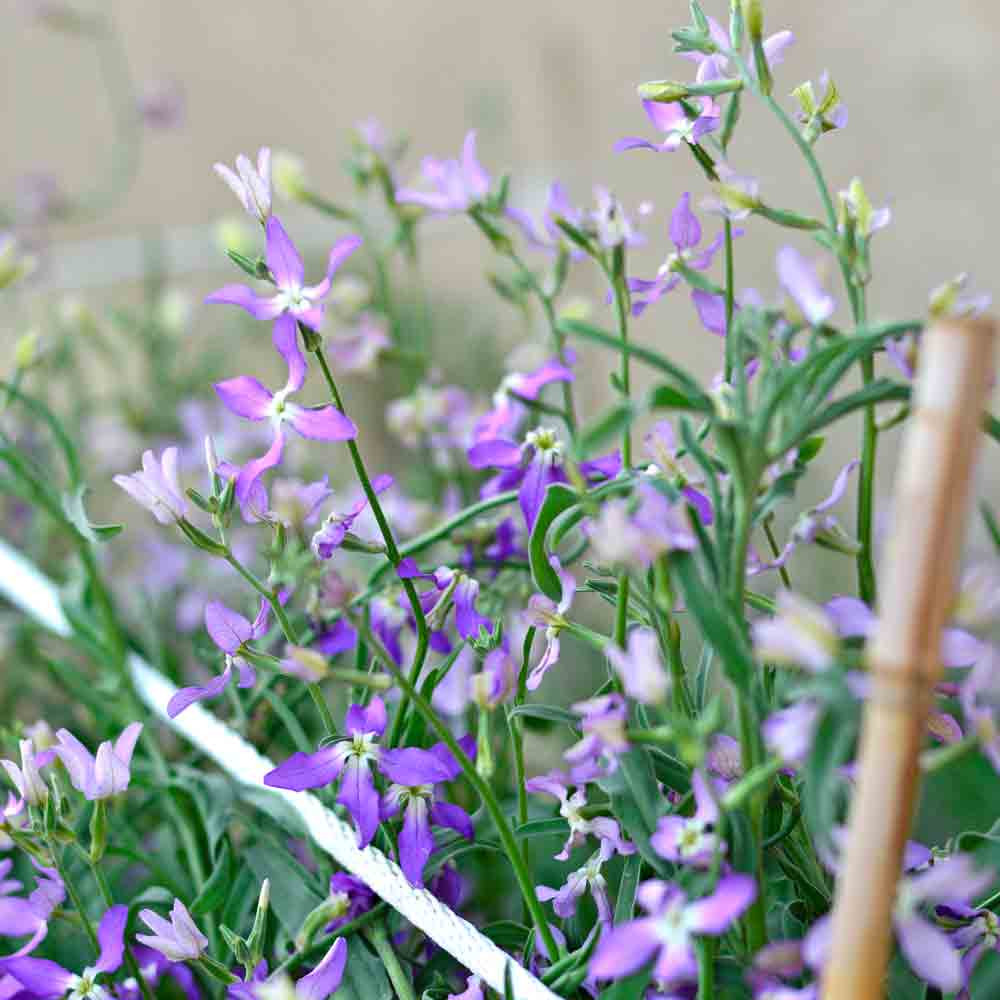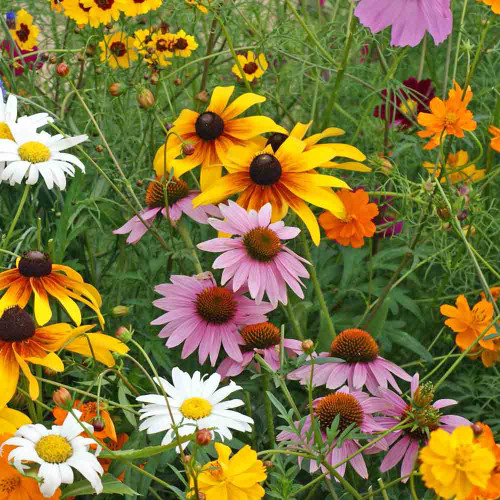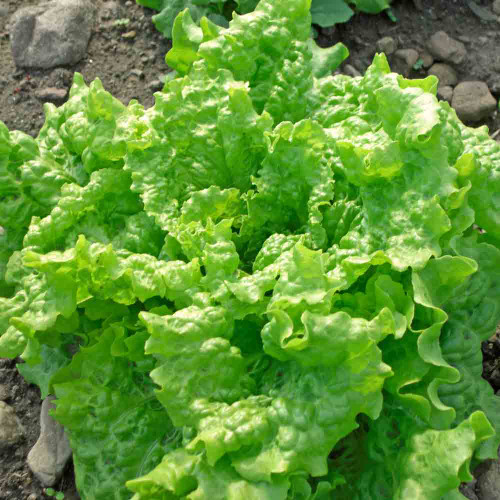Description
Evening-Scented Stock - Perfume for Your Garden
Evening-scented stock is a captivating annual flower that releases a powerful, sweet fragrance into the evening air from spring to fall. Also known as Evening Stock, Night-Scented Stock, Night Stock, Grecian Stock, Night-Scented Violet, and Perfume Plant, this easy-to-grow plant is perfect for adding a touch of romance and delightful fragrance to any garden, no matter the size. Its intoxicating perfume, most potent at dusk, has captivated gardeners for centuries, with some even describing it as an obsession. This, along with its adaptability and ease of cultivation, makes it a truly rewarding addition to any garden.
Details
Perhaps the most underappreciated aspect is its ability to transform an ordinary garden into a sensory haven at nightfall. The flowers, easily overlooked during the day, come alive in the evening, releasing their captivating fragrance and creating a truly magical atmosphere. Tuck among other flowers near porches, windows, and decks to enjoy its powerful perfume.
Evening-scented stock typically grows to about 2 feet tall and forms dense mounds of erect, branched stems covered in delicate flowers. The green leaves are covered with woolly hairs, giving the plant a slightly fuzzy appearance. It can even be grown as a winter annual in the warmest regions.
The flowers are small, with four petals in shades of pale grayish-blue, purple, or white. Borne on delicate sprays, they create a subtle yet beautiful display. Uniquely, they open in the evening and close during the day, releasing their intoxicating fragrance only when the sun goes down. This makes them a perfect choice for gardens where their scent can be enjoyed in the cool of the evening, such as near patios, walkways, or windows.
After the flowers fade, they give way to seed capsules that are 3 to 4 inches long. These capsules contain tiny round seeds arranged in rows, which can be collected for future plantings or allowed to self-sow, ensuring the continuation of this fragrant delight.
One of the most appealing aspects of Evening-Scented Stock is its suitability for container gardening. This makes it an excellent choice for gardeners with limited space or those who want to add fragrance to balconies, patios, or window boxes. The plant thrives in a range of soil conditions and tolerates cool temperatures, making it a versatile choice for seasoned gardeners and those with limited space in various climates. Its low-maintenance nature and long blooming season further add to its appeal.
History
Evening-scented stock, a native of the Iberian Peninsula (specifically Portugal and Spain), spread throughout Eurasia and eventually reached England, likely introduced by the Normans. By the 16th century, it thrived in English gardens. Interestingly, it has also naturalized in parts of Australia, where its hardiness and self-seeding tendencies have led to its classification as a weed in cereal crops.
Historically, this plant was sometimes called the "Melancholy Gillyflower" due to its somewhat muted appearance during the day when its flowers remain closed. The term "gillyflower" was commonly used in medieval England to describe night blooming flowers. However, its enchanting evening fragrance more than compensates for its unassuming daytime appearance.
Uses
While primarily cultivated for their ornamental value and intoxicating fragrance, the delicate flowers of evening-scented stock can also be used in cut flower arrangements, with a long vase life of up to 8 days.
The pale flowers attract multiple pollinators, particularly those active during the evening and night. While they may not be as visually appealing to daytime pollinators like bees and butterflies, moths are particularly drawn to their sweet, spicy scent, which intensifies at dusk.
Furthermore, the potent fragrance of evening-scented stock acts as a natural mosquito repellent, making it a practical and beautiful addition to gardens where these pests are a nuisance.
Overall, evening-scented stock contributes to a healthy garden by providing a food source and habitat for pollinators, including moths, bees, butterflies, and hummingbirds.
Planting Tips
Timing and Location
In cooler climates, start seeds indoors 6-8 weeks before the last frost to give seedlings a head start and ensure earlier blooms. In warmer climates, sow seeds directly outdoors after the last frost.
Choose a location with full sun, especially if your summers are mild. In hotter regions, provide partial shade during the hottest part of the day.
Soil and Planting
Well-drained soil is crucial to preventing root rot. To improve drainage, amend heavy clay soil with sand or compost. Space plants about 6 inches apart to allow for adequate air circulation and growth. Water regularly, especially during dry periods, to maintain moist but not soggy soil.
Other Tips
Sowing seeds in succession every couple of weeks extends the blooming period and ensures a continuous supply of fragrant flowers throughout the growing season.
Remove spent blooms to encourage more flowers and prevent the plant from putting energy into seed production.
Watch for aphids, which can be controlled with a strong spray of water, insecticidal soap, or neem oil.
From the soil to the seed to the food you eat - we'll help you grow your best garden!













